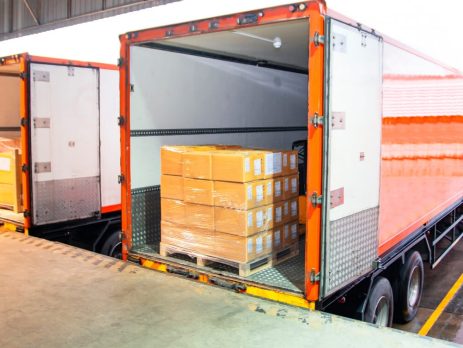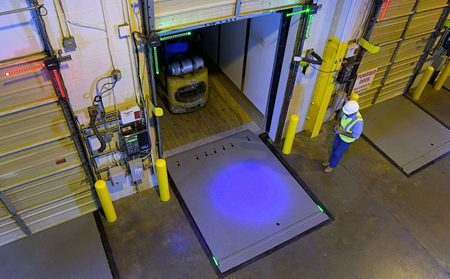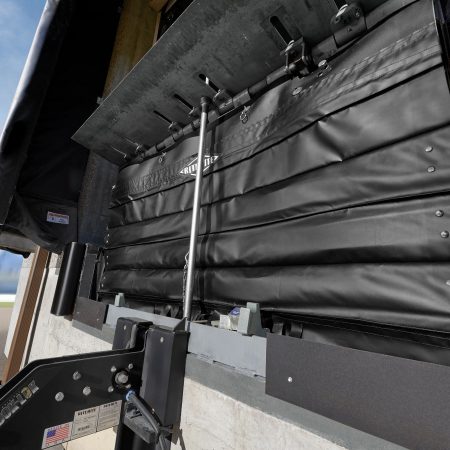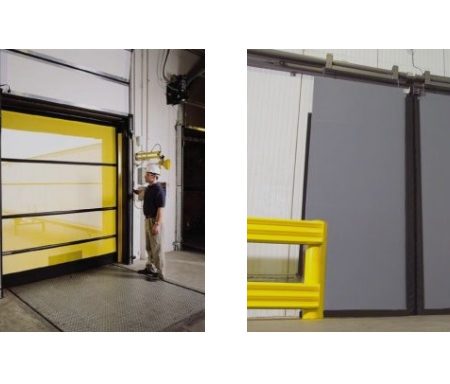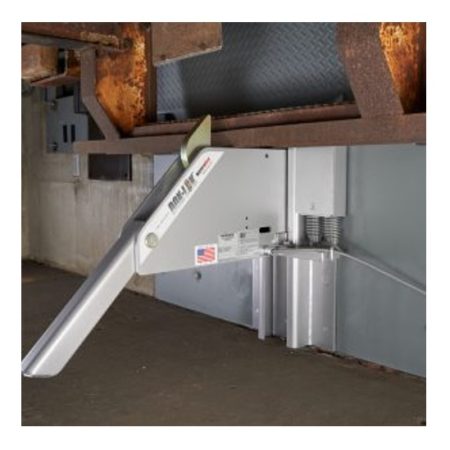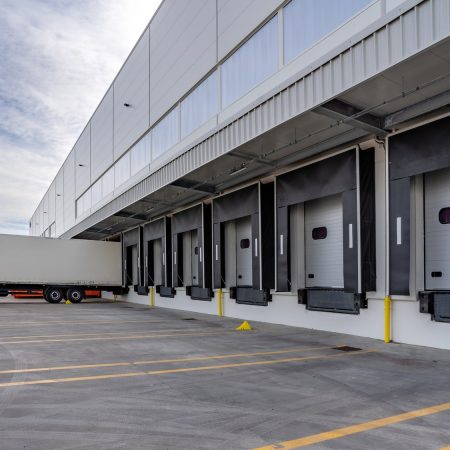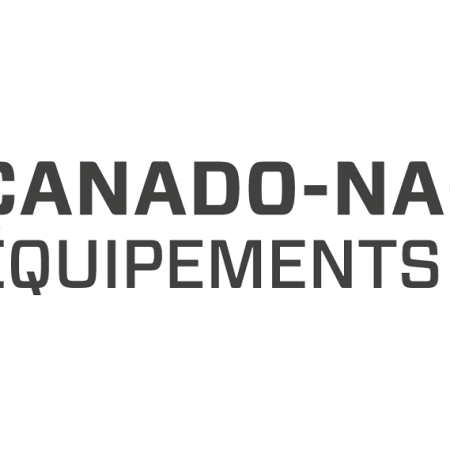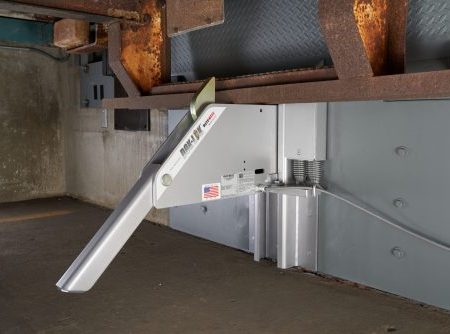5 Ways to Improve Loading Dock Safety During the Summer
The loading dock is one of the busiest and most hazardous areas of any industrial facility. With trucks moving outside and forklifts operating inside, risks are constant. Employees may cross the dock edge more than 100,000 times a year, according to the numbers.
Without a trailer in place, the dock edge becomes a fall hazard of over four feet. In the summer, high temperatures and increased traffic can exacerbate these risks. That’s why securing the loading dock is essential to protecting your people, products, and equipment. At Canado-Nacan Équipements, we recommend five essential safety measures:
1. Install proper safety devices.
Physical barriers are critical to preventing the most serious accidents. Vehicle restraints anchor the trailer directly to the dock to prevent premature departure. This locks the truck securely in place. Safety barriers block access to open dock edges when no trailer is present to prevent falls. These solutions protect both pedestrians and forklift operators.
2. Maintain equipment regularly.
A safe dock must remain fully operational at all times. Faulty equipment, such as a stuck dock leveler, can cause costly downtime. At Canado-Nacan Équipements, our maintenance service ensures a quick response from qualified technicians. Preventive maintenance in the summer is especially important to prevent heat-related wear and maintain reliable systems.
3. Use clear and centralized communication.
Clear communication between drivers and dock workers is vital. Red/green dock lights provide a universal visual signal. For added safety, intelligent control panels like the Dok-Commander® allow centralized management of key systems, such as doors, restraints, and levelers, from a single panel. This ensures that everyone is on the same page.
4. Secure doors with interlocking systems.
An open dock door with no trailer behind it is extremely dangerous. Advanced control systems like Dok-Commander® help prevent this. These systems include interlocking features that ensure the dock door cannot be opened unless the trailer is properly secured. This forced sequence helps eliminate human error.
5. Train staff on safety procedures.
Even the most advanced equipment is ineffective without proper training. Employees must be taught how to operate integrated systems, understand communication signals, and follow interlocking procedures. Training is the foundation that makes all other safety measures effective.
Conclusion
Dock safety is not about a single solution—it’s about creating an integrated safety system. With the right combination of equipment, training, and processes, you can transform a high-risk area into a safe, productive workspace. At Canado-Nacan Équipements, we use our expertise to help you build a secure environment and protect what matters most.

